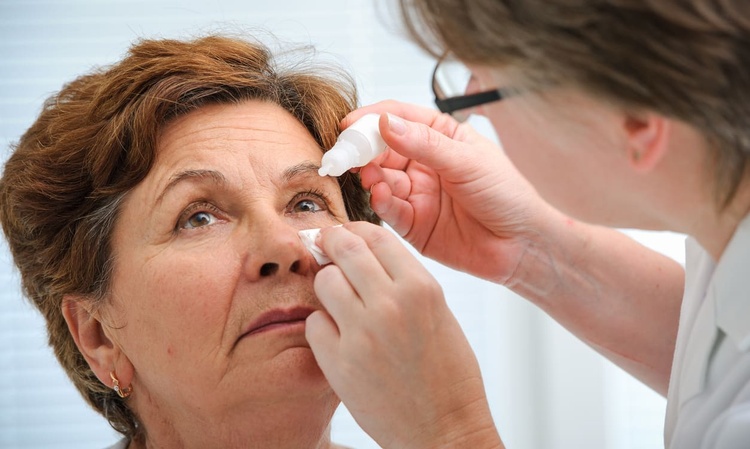Macular Degeneration Warning Signs and Symptoms!
Macular degeneration is a progressive eye condition that affects millions of Americans, particularly those over 60 years old. This serious condition impacts the macula, the central part of the retina responsible for sharp, detailed vision. Understanding the warning signs and getting early treatment can help manage this condition and preserve vision for longer periods.

What is Age-Related Macular Degeneration (AMD)?
Age-related macular degeneration is a degenerative condition affecting the central portion of the retina. There are two main types: dry AMD and wet AMD. Dry AMD is more common, accounting for about 85-90% of cases, and develops gradually as the macula thins with age. Wet AMD, though less common, is more severe and occurs when abnormal blood vessels grow under the retina, potentially causing rapid vision loss.
What Are the Early Warning Signs of Macular Degeneration?
The earliest symptoms of macular degeneration can be subtle and easily overlooked. Common warning signs include:
-
Difficulty reading or seeing fine details
-
Distorted vision, where straight lines appear wavy
-
Dark or blurry spots in central vision
-
Problems adjusting to low light conditions
-
Decreased color intensity or brightness
-
Difficulty recognizing faces
What Causes Macular Degeneration?
Several factors contribute to the development of macular degeneration:
-
Advanced age (primary risk factor)
-
Genetic predisposition
-
Smoking
-
High blood pressure
-
Obesity
-
High cholesterol
-
Extended exposure to UV light
-
Poor diet lacking in nutrients
How is Macular Degeneration Diagnosed and Treated?
Diagnosis typically involves comprehensive eye exams including:
-
Visual acuity tests
-
Dilated eye examination
-
Amsler grid testing
-
Optical coherence tomography (OCT)
-
Fluorescein angiography when necessary
Treatment options vary depending on the type and stage:
-
Nutritional supplements (AREDS2 formula)
-
Anti-VEGF injections for wet AMD
-
Laser therapy
-
Lifestyle modifications
-
Regular monitoring
What Preventive Measures Can Help Reduce Risk?
Research suggests several strategies may help reduce the risk of developing macular degeneration:
-
Regular exercise
-
Maintaining a healthy diet rich in leafy greens
-
Wearing UV-protective sunglasses
-
Not smoking or quitting smoking
-
Managing blood pressure and cholesterol
-
Regular eye examinations
-
Taking supplements as recommended by an eye care professional
What Treatment Options and Associated Costs Should You Consider?
Treatment costs for macular degeneration can vary significantly based on the type and severity of the condition.
| Treatment Type | Average Cost Range | Frequency |
|---|---|---|
| Anti-VEGF Injections | $1,000-$2,500 per injection | Monthly to quarterly |
| AREDS2 Supplements | $20-$60 per month | Daily |
| Laser Therapy | $1,500-$3,000 per session | As needed |
| Comprehensive Eye Exam | $200-$400 | Every 6-12 months |
Prices, rates, or cost estimates mentioned in this article are based on the latest available information but may change over time. Independent research is advised before making financial decisions.
Living with macular degeneration requires ongoing management and regular monitoring. While there is no cure, early detection and appropriate treatment can significantly slow progression and help maintain quality of life. Regular eye examinations are crucial, especially for those over 50 or with risk factors for the condition.
This article is for informational purposes only and should not be considered medical advice. Please consult a qualified healthcare professional for personalized guidance and treatment.




